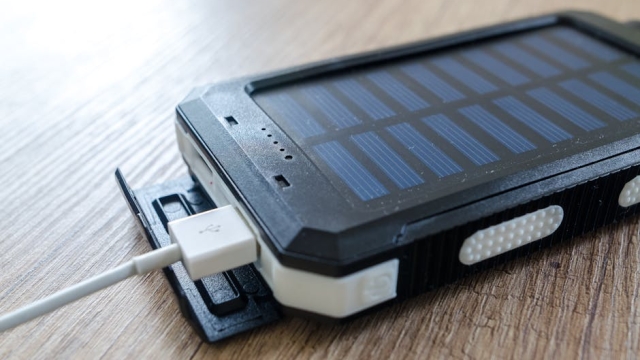
Overview of Eco Friendly Plastic Alternatives

The environmental impact of traditional plastics has led to a growing concern among consumers, businesses, and policymakers about the need for sustainable alternatives. Plastics, although versatile and widely used, contribute significantly to pollution and pose challenges for waste management. As awareness of these issues increases, the search for eco-friendly plastic alternatives has become essential in various industries. This article explores sustainable options, focusing on water-soluble film products and how they can replace traditional plastics.
Overview of Eco-Friendly Plastic Alternatives
Eco-friendly plastic alternatives encompass a wide range of materials designed to reduce environmental harm while maintaining functionality. These alternatives often utilize renewable resources, biodegradable components, or innovative recycling technologies. Common examples include bioplastics made from plant materials, recycled plastics, and materials that can break down more easily in the environment.
Water-Soluble Film Products and Their Applications
Water-soluble films represent a unique category of eco-friendly plastic alternatives. Made primarily from polyvinyl alcohol (PVA), these films dissolve in water, leaving no harmful residues behind. Their ability to break down quickly makes them ideal for various applications where traditional plastics would typically be used.
One of the most significant advantages of water-soluble films is their use in packaging. Industries such as laundry detergent, agriculture, and food service have adopted these films to create single-use packaging that minimizes waste. For example, laundry pods wrapped in water-soluble film eliminate the need for plastic containers, reducing the overall plastic footprint.
Another application is in the agriculture sector, where water-soluble films can be used for seed coating. The film protects seeds during planting and dissolves upon contact with water, allowing for nutrient release directly into the soil. This application not only reduces plastic use but also enhances crop yield through efficient nutrient delivery.
Comparative Analysis of Traditional Plastics vs. Sustainable Options
When comparing traditional plastics to eco-friendly alternatives, several factors come into play, including environmental impact, biodegradability, and functionality. Traditional plastics, derived from fossil fuels, typically take hundreds of years to decompose, contributing to landfill overflow and ocean pollution. In contrast, many eco-friendly plastic alternatives, including water-soluble films, can break down within weeks or months under the right conditions.
| Material Type | Environmental Impact | Biodegradability |
|---|---|---|
| Traditional Plastics | High pollution, long-lasting waste | Hundreds of years |
| Bioplastics | Lower carbon footprint, renewable resources | Varies (some biodegradable) |
| Water-Soluble Films | Minimal waste, dissolves in water | Weeks to months |
Despite the benefits of eco-friendly plastic alternatives, challenges remain. The production and adoption of these materials can often be more expensive than traditional plastics. Nevertheless, as consumer demand for sustainable products grows, investment in eco-friendly technologies is likely to increase, leading to improved affordability and availability.
The Future of Sustainable Materials
The future of sustainable materials looks promising. As awareness of environmental issues continues to rise, consumers and businesses are encouraged to make informed choices. By opting for eco-friendly plastic alternatives, individuals can contribute to a reduction in plastic waste and support a more sustainable economy.
In conclusion, the transition from traditional plastics to eco-friendly plastic alternatives, including innovative solutions like water-soluble films, is crucial for protecting the environment. With the right choices and continued advancements in material science, it is possible to create a more sustainable future for generations to come. For more information about eco-friendly plastic alternatives, consider exploring various resources available for businesses and consumers alike.



